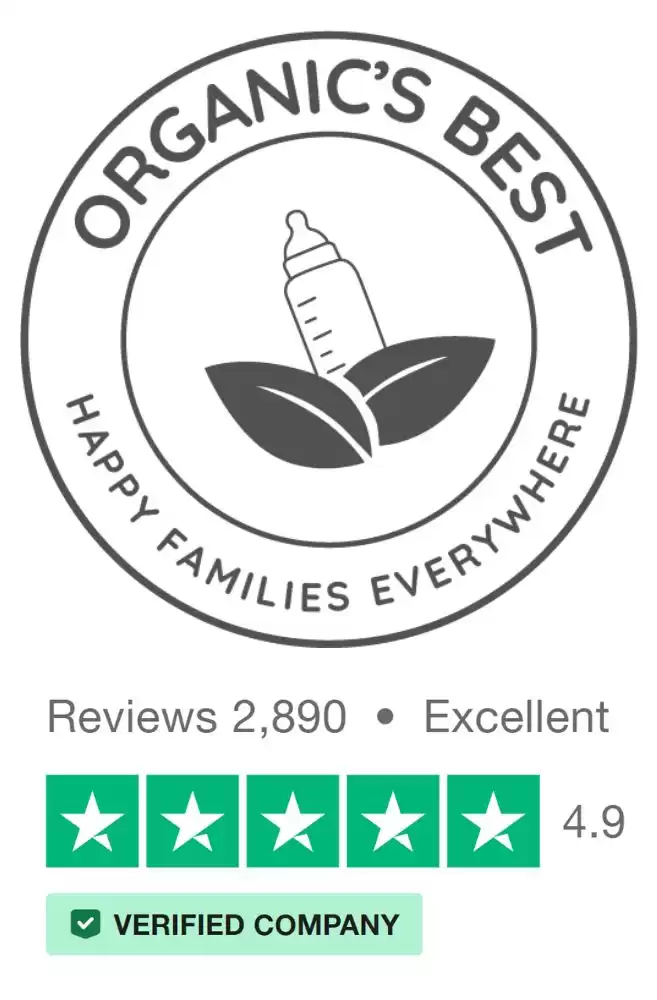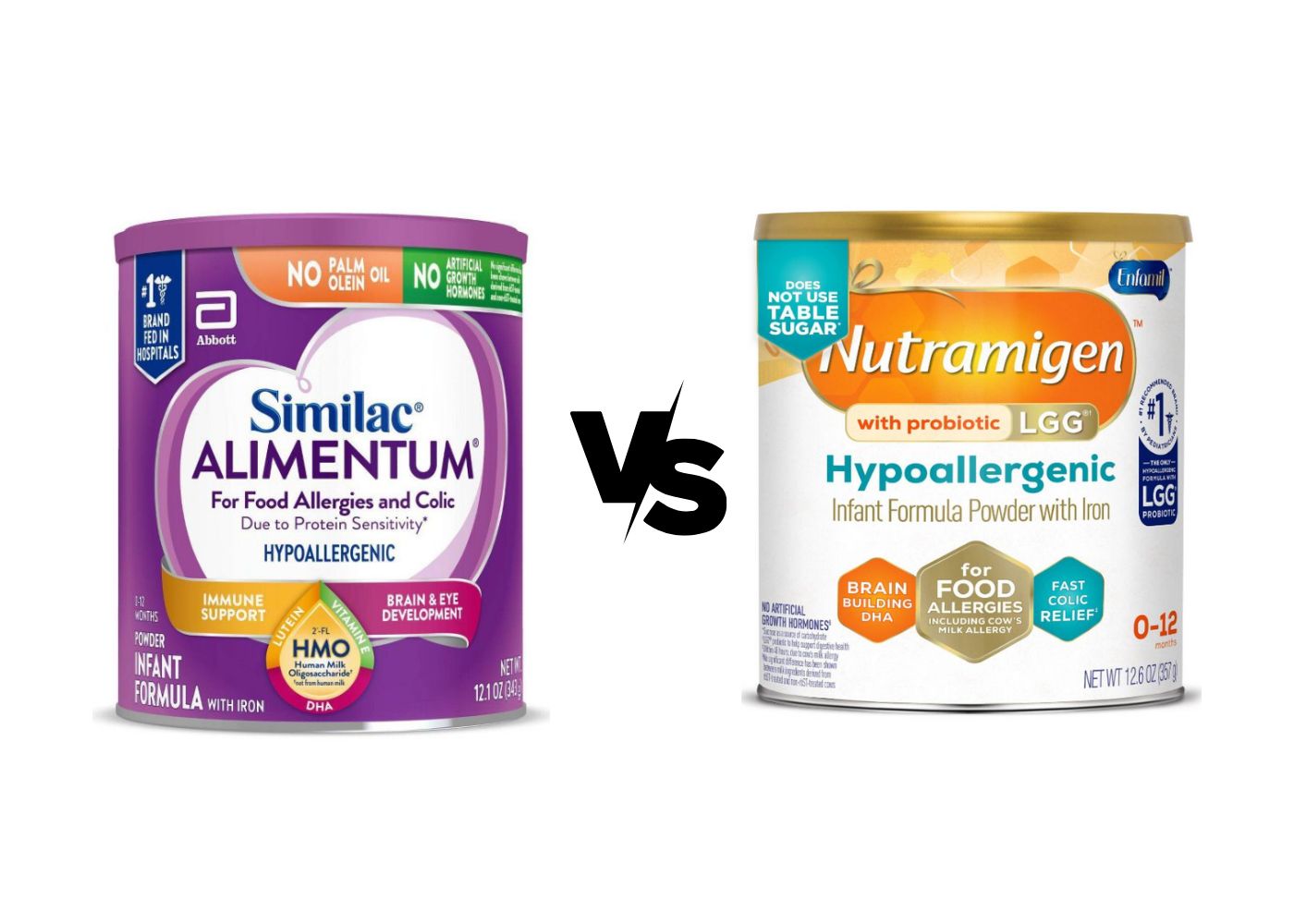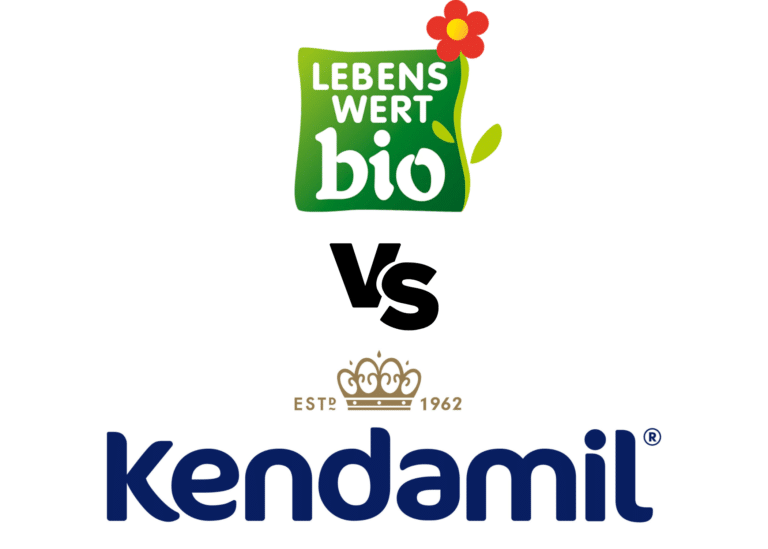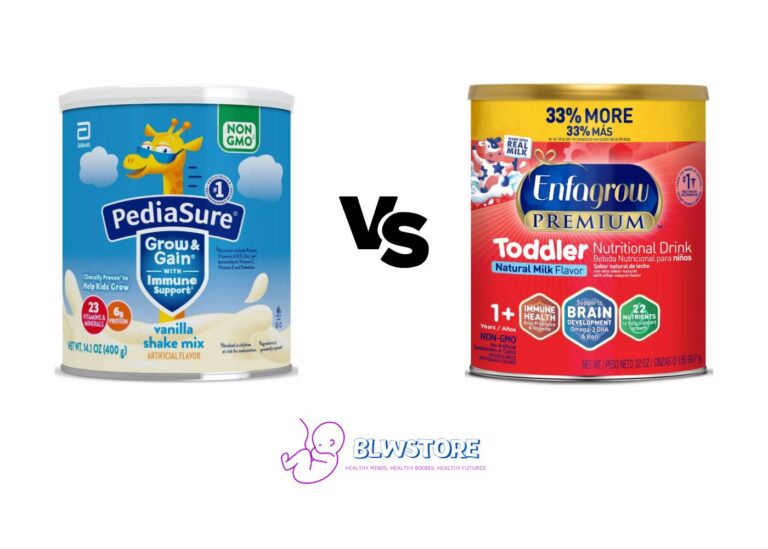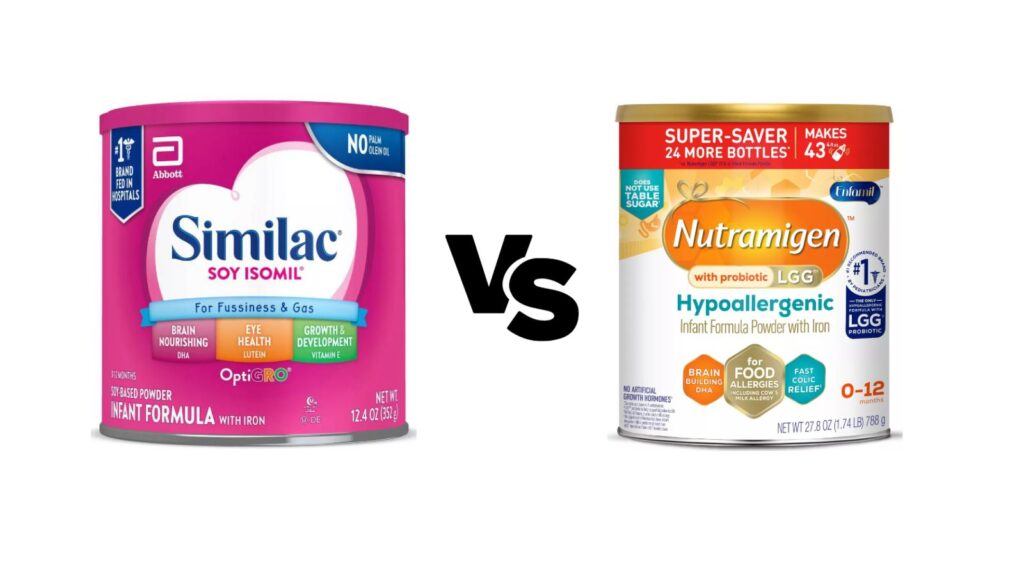
Key Differences Table Between Similac Soy and Nutramigen
| Features/Aspect | Similac Soy (Isomil) | Enfamil Nutramigen |
|---|---|---|
| Ideal For | Babies with lactose intolerance or for those on plant-based diets | Babies with cow’s milk protein allergies (CMPA) |
| Type | Soy-based formula | Hypoallergenic formula with extensively hydrolyzed protein |
| Primary Protein Source | Soy protein isolate | Extensively hydrolyzed casein from cow’s milk |
| Carbohydrate Source | Corn syrup | Corn syrup solids and modified corn starch |
| Fats and Oils | Blend of vegetable oils (soy, coconut, safflower/sunflower) | Blend of vegetable oils (palm olein, coconut, soy, high oleic sunflower) |
| Nutritionally Complete | Yes, includes DHA, ARA, vitamins, minerals | Yes, enriched with DHA, ARA, and other key nutrients |
| Ease of Digestion | Designed for easy digestion in babies with lactose intolerance | Designed for babies with cow’s milk protein allergies, aids in alleviating colic |
| Prebiotics/Probiotics | Short-Chain Fructooligosaccharides (scFOS) | Lactobacillus rhamnosus GG (LGG®) probiotic |
| Specific Benefits | Lactose-free, suitable for vegetarians, enriched with key nutrients | Hypoallergenic, supports immune system, enriched with nutrients for brain and eye development |
This article will compare two popular US formulas for babies with cow’s milk protein allergies or lactose sensitivities: Similac Soy Isomil vs Enfamil Nutramigen.
We will analyze their nutritional composition and ingredients to help you make the best decision for your baby.
Let’s get after it!
***Important: Soy Formulas are not recommended for infants younger than six months of age due to estrogen content, and should not be used to treat CMPA until a pediatrician gives the OK.
Related read: Similac Soy vs Gerber Soy
Our Short Answer
If you are hesitating between Similac Soy and Nutramigen, it means that your baby has lactose intolerance or cow protein allergy.
Here is our short answer.
Your first choice should always be Nutramigen for both needs.
This is because cow’s milk protein, although extensively hydrolyzed, is more bioavailable and nutritious.
In addition, it does not have as much simple sugars as Isomil.
Soy protein formulas should only be considered if your baby is over 6 months old and a pediatrician has given the okay to use them.
For babies with lactose sensitivities or intolerances, there are better options.
With over 100,000 orders delivered globally since 2019, Organic's Best offers clean, safe, and nutritionally rich formulas and snacks.
Free shipping over $100, commitment to freshness and authenticity.
- Express delivery in 2 to 5 business days
- Sourcing from European manufacturers
- Minimum shelf life of 6 months
- Climate-Controlled Warehouse
Give your little one the best start.
CODE 'BLW' for a 5% discount in all orders
Overview of the Two Formulas
Similac Soy Isomil is lactose-free and vegetarian-friendly, suitable for infants with lactose intolerance or on plant-based diets, enriched with key nutrients and designed for easy digestion.
Nutramigen is hypoallergenic, ideal for babies with cow’s milk protein allergies, featuring broken-down proteins, LGG® probiotics, and essential nutrients for brain and eye development, and designed to alleviate colic.
Similac Soy
Similac Soy, also known as Similac Soy Isomil, is designed for babies sensitive to lactose or those raised on a vegetarian diet. Here are the key features that define this soy-based formula:
- Lactose-Free: Similac Soy provides a viable alternative to milk-based formulas for infants with lactose intolerance. This can help alleviate common issues such as gas, fussiness, or diarrhea associated with lactose sensitivity.
- Vegetarian-Friendly: With protein sourced from soy, this formula caters to families who prefer a plant-based diet for their infants.
- Nutrient-Rich: It includes essential nutrients like DHA (omega-3 fatty acid) for brain development, lutein for eye health, and vitamin E for cellular development, all crucial for your baby’s overall growth.
- Ease of Digestion: Similac Soy aims to offer a gentle experience for your baby’s digestive system, easing the discomfort that might occur with other types of formula.
Nutramigen
Nutramigen is another specialized formula, but it targets a different set of challenges. It’s crafted for infants with allergies to cow’s milk protein. Below are the features of Nutramigen:
- Hypoallergenic: Specially formulated to be easily digestible for cow’s milk protein allergy babies. The proteins in Nutramigen are broken down extensively, reducing the risk of an allergic reaction.
- Supports Immune System: This formula includes LGG®, a probiotic shown to support the immune system and help build tolerance to cow’s milk.
- Enriched with Nutrients: Like Similac Soy, it contains important nutrients such as DHA and ARA, vital for brain and eye development.
- Designed for Comfort: Given the distress that milk allergies can cause, Nutramigen focuses on relieving colic typically resulting from cow’s milk allergies.
Nutritional Composition
Similac Soy Isomil uses soy protein isolate, suitable for lactose intolerance or milk allergies, not recommended for babies under 6 months due to estrogen content.
Nutramigen employs extensively hydrolyzed casein, ideal for CMPA, with higher bioavailability.
Both use corn syrup solids for carbohydrates, but Nutramigen’s inclusion of corn starch makes it a slightly better option.
Isomil has a preferable fat blend, avoiding palm olein, which is linked to poor calcium absorption.
Protein Content
Protein is fundamental for growth, muscle development, and immune function.
Similac Soy: The protein in Similac Soy Isomil is sourced from soy protein isolate, making it suitable for babies with lactose intolerance or milk protein allergies.
Nutramigen: Nutramigen employs extensively hydrolyzed casein from cow’s milk as its protein source. This means the protein has been broken down into tiny pieces — virtually eliminating the potential for an allergic reaction in most milk-sensitive infants.
The protein sources in both formulas differ quite a bit.
Isomil uses soy protein isolate, a plant protein not recommended for babies under 6 months of age because of its estrogen content.
Nutramigen uses extensively hydrolyzed casein protein, the best option if your baby has been diagnosed with CMPA. It also has higher bioavailability compared to soy protein, meaning is easily absorbed and used by the body.
*Learn more: Soy in Formula | Hydrolyzed Formulas
Carbohydrate Content
Similac Soy: The primary carbohydrate in Similac Soy is corn syrup, an alternative energy source to lactose found in milk-based formulas. This high-sugar carbohydrate ensures the baby’s energy needs are met, especially during rapid growth and development.
Nutramigen: For Nutramigen, the carbohydrates typically come from a combination of corn syrup solids and modified corn starch. These modified carbohydrates are easier to digest and are used for energy, just as lactose would be in milk-based formulas.
Both formulas use corn syrup solids, the most common alternative to lactose in the US. The problem is that it’s high in simple sugars. This is why Nutramigen is a better option, because it adds corn starch, a more neutral and less sweet alternative, meaning it has less corn syrup solids than Similac Isomil.
*Learn more: Corn Syrup in Formulas
Fats and Oils
Similac Soy: Fats in Similac Soy Isomil come from a blend of vegetable oils, including soy oil, coconut oil, and safflower or sunflower oil. This blend is chosen to mimic the fat profile found in breast milk, which is key for a baby’s brain development and absorption of fat-soluble vitamins.
Nutramigen: Similarly, Nutramigen uses a blend of vegetable oils like palm olein, coconut, soy, and high oleic sunflower oils. The fat composition in Nutramigen not only provides energy but also ensures the delivery of essential fatty acids necessary for a healthy heart and brain development and overall growth.
This is the only area where Isomil wins the battle. This is because Nutramigen uses palm olein, which is not ideal. After all, it has been linked to poor calcium absorption if consumed regularly. This is why formulas with palm oil or olein usually have higher concentrations of calcium.
*Learn more: Palm Oil in Baby Formula
Prebiotics and Probiotics
Similac Soy Isomil features added short-chain fructooligosaccharides (scFOS). Prebiotics like scFOS serve as food for the beneficial bacteria in the digestive tract.
Nutramigen includes Lactobacillus rhamnosus GG (LGG), which is known to help babies build a tolerance to cow’s milk protein and can alleviate the symptoms of an allergy.
Best Places to Buy Similac Isomil and Nutramigen
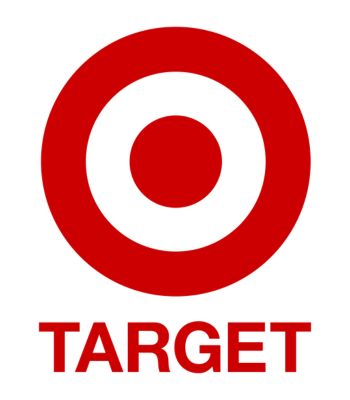

Similac Isomil
Nutramigen
What are the Best Alternatives to Similac Soy and Nutramigen?
Despite the specific benefits of Similac Soy and Nutramigen, there may be situations where alternatives need to be considered. Here are some of the best substitutes you can explore:
- Enfamil ProSobee (Soy): As a competitor to Similac Soy, Enfamil ProSobee is also a soy-based formula suited for babies with lactose intolerance or families following a vegetarian diet. *Read: Similac Soy vs Enfamil Soy
- Alimentum: A direct alternative to Nutramigen, Alimentum is a hypoallergenic formula by Similac that offers hydrolyzed protein for babies sensitive to cow’s milk. *Read: Similac Soy vs Alimentum | Alimentum vs Nutramigen
- Our Favorite: Hipp HA: If you’re seeking an organic option, Hipp HA stands out with its powerful blend of prebiotics and probiotics. It’s an excellent choice for infants with sensitivities, but it’s crucial to note that Hipp HA is not suitable for babies with a diagnosed cow’s milk protein allergy (CMPA). *Read: Hipp HA vs Alimentum | Hipp HA vs Nutramigen
Last Words
We hope this comparison between Similac Soy and Nutramigen helps you make the best decision for your baby.
If you have further questions, please get in touch with us through our homepage form or leave a comment below, and we’ll get back to you in less than 24 hours.
Happy feeding!
We’re Maria and Alberto, a married couple and educators who are nutrition enthusiasts. Even before we had kids, we were already crazy about nutrition.
We’d read scientific articles, watch videos from nutritionists, and spend hours listening to nutrition podcasts.
Today, we continue doing this, but in a different way, as we’ve learned to sift through the noise and trends. Nutrition, like any other field of knowledge, the more you read and learn, the more you develop a comprehensive understanding of reality, and that’s what has happened to us.
Before having our first child, we focused on learning everything we could about child nutrition, using the same techniques we had already employed, backed by our extensive knowledge in nutrition.
Our mission is to help other parents with their children’s nutrition, to help them become the best versions of themselves.
If we are what we eat and drink, which is absolutely true, let’s do it right!


